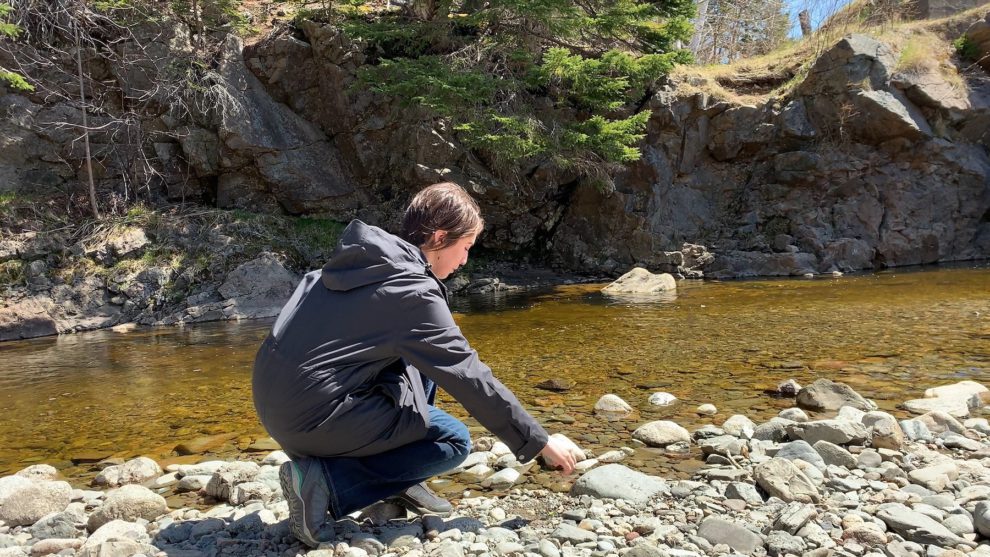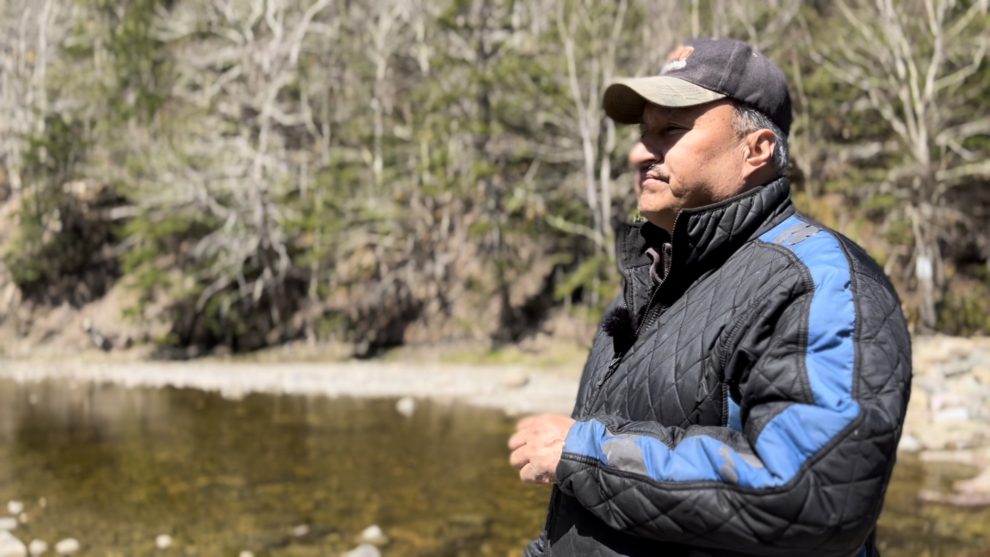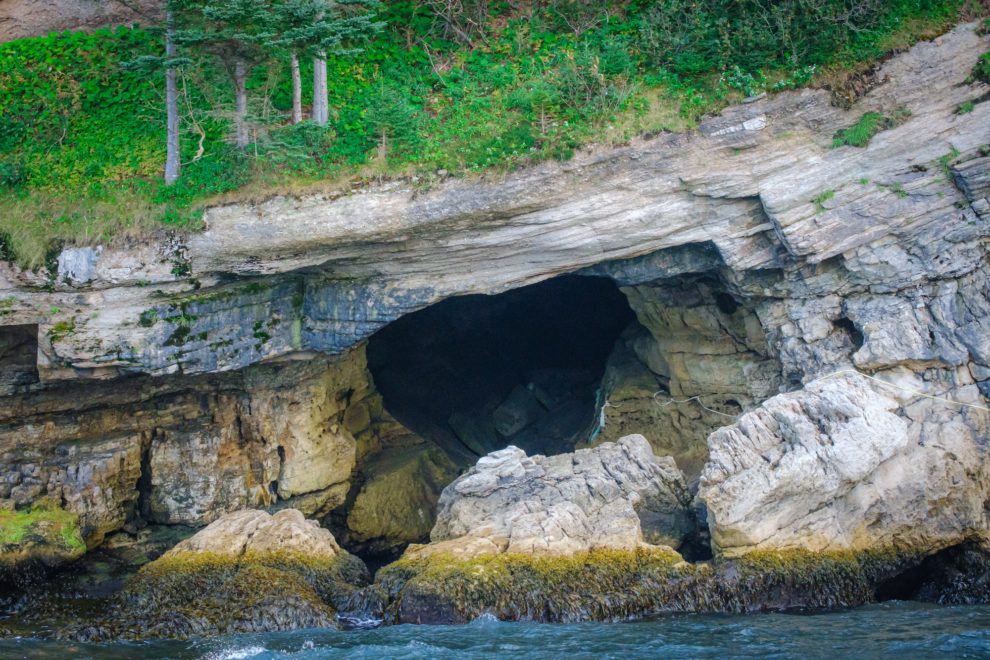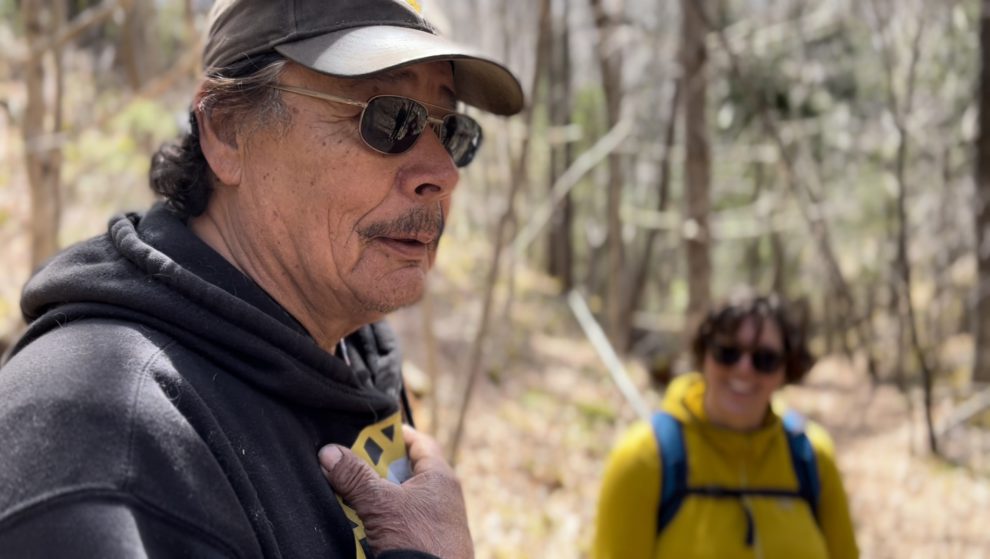Kwe’ Eskasoni
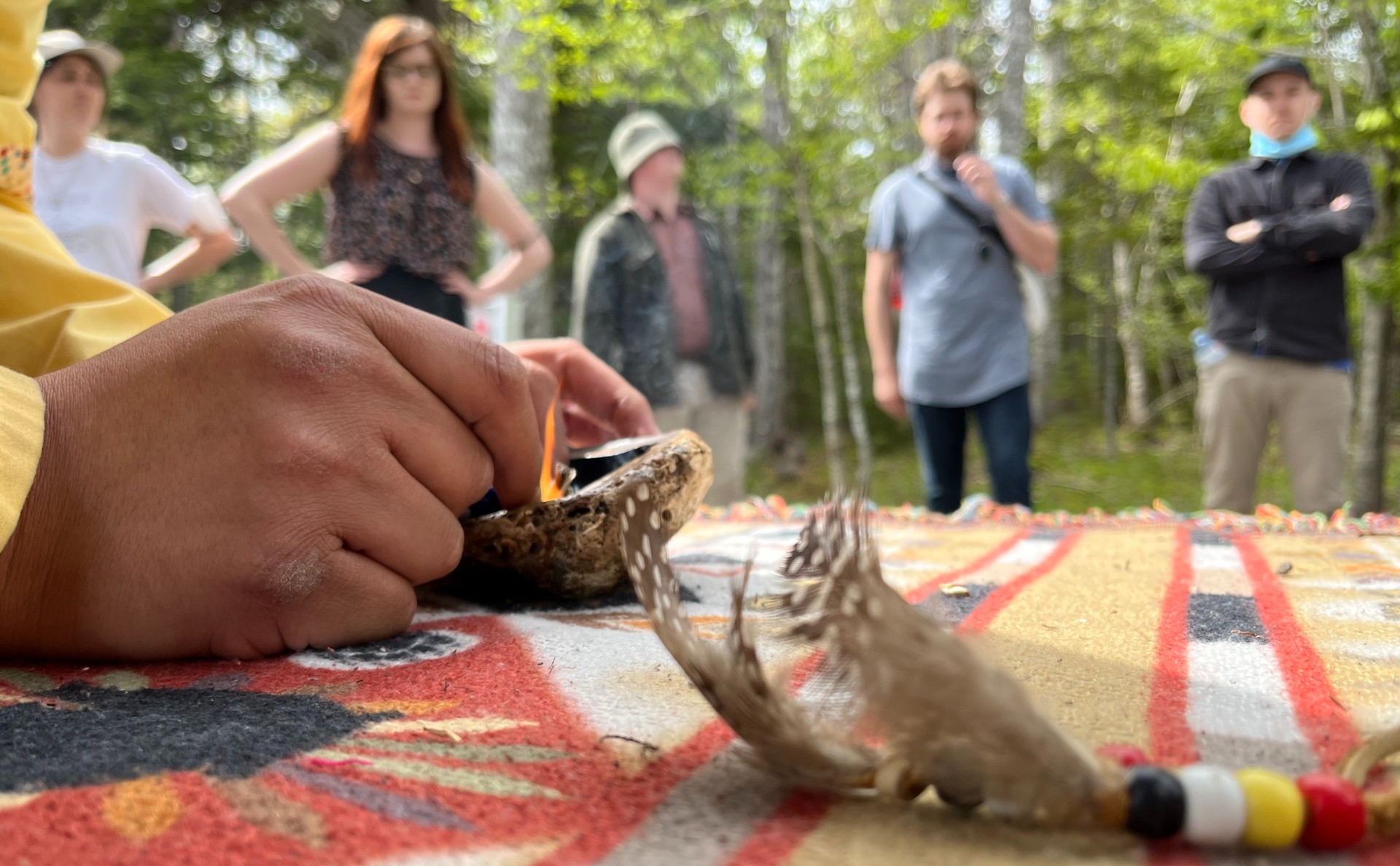
caption
Students learn the significance of smudging to Mi'kmaq.Journalism students learn what it means to report in Mi'kma'ki
We spent a day on the Qamsipuk River in Eskasoni. We journeyed to the centre of the universe, also known as Kluskap’s Cave. We spoke with Elders, experts and survivors.
The Reporting in Mi’kma’ki class started in May but the real work began months before. Conversations with community members guided the stories we would tell. This year, the focus was on Mi’kmaw-led conservation work.
Stories about Indigenous Protected and Conserved Areas (IPCAs) highlight Mi’kmaw knowledge, cultural values, the importance of language, and concepts like Netukulimk and Etuaptmumk. Not sure what those are? Click the photos below and keep reading. Learn through us.
Reporting in Mi’kma’ki is an experiential, immersive course. It’s essential that journalists spend time in Mi’kmaw communities before they report Mi’kmaw stories. The goal of this course is to ensure budding journalists know how to report responsibly, avoid stereotypes, and centre L’nuey voices in their coverage.
We’re here in Mi’kma’ki. So, this course is specific to Mi’kmaq. (Hint: Indigenous is a pan-word…use it sparingly!) Having said that, the principles of this course will apply no matter which territory these students find themselves reporting.
What are the essential principles for reporting in Mi’kma’ki? Respect. Responsibility. Relationships. Reciprocity. Mi’kmaq apply the concept of Etuaptmumk to conservation work, combining the best of western science and traditional knowledge. Netukulimk is a way of meeting the needs of community while sustaining natural resources. It’s about balance.
We think both concepts can apply to journalism. The best reporting will uphold journalistic standards of truth, fairness and balance while respecting Mi’kmaw expertise and worldviews.
This course is a collaboration between the University of King’s College and the Nova Scotia Community College. Journalism students from both institutions worked together to craft these stories. We want to give a shout out to the L’nu’k and organizations that were so generous with their time and teachings.
Special thanks to:
- Unama’ki Institute of Natural Resources
- Eskasoni Fish and Wildlife Commission
- Albert Marshall Sr.
- Ernest Johnson
- L’lun Wells
- Sutik and Joe Googoo
- Clifford Paul
- Rodney Alex
- Tom Johnson
- Kieran Johnson
- Nita Denny, EFWC (for her awesome drone footage!)
- George Paul (PR George), our community liaison who made things happen!
- And everyone else we met along the way.
Wela’lioq!
